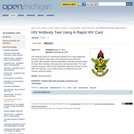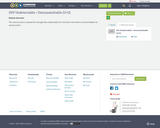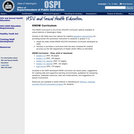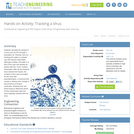
This resource is a video abstract of a research paper created by Research Square on behalf of its authors. It provides a synopsis that's easy to understand, and can be used to introduce the topics it covers to students, researchers, and the general public. The video's transcript is also provided in full, with a portion provided below for preview:
"HIV is a lifelong illness that affects millions of people worldwide and in the US disproportionally affects men who have sex with men. Past research has shown that men who have sex with men have a distinct microbiome from other groups. Additionally, the lymphoid tissue invaded by HIV-1 after infection is partially regulated by the gut microbiome. However, little is known about the microbiome’s role in HIV-1 susceptibility and progression. In a recent study, researchers found bacteria that enhance inflammation were more abundant in the gut as well as a decrease in important commensal bacteria that are protective, months before HIV-1 infection. Increased prevalence of certain Prevotella species and decreased prevalence of Bacteroides species in particular could result in inflammation. As other research has shown, some species of Prevotella and Bacteroides can play pro- and anti-inflammatory roles, respectively..."
The rest of the transcript, along with a link to the research itself, is available on the resource itself.
- Subject:
- Biology
- Life Science
- Material Type:
- Diagram/Illustration
- Reading
- Provider:
- Research Square
- Provider Set:
- Video Bytes
- Date Added:
- 03/01/2022













